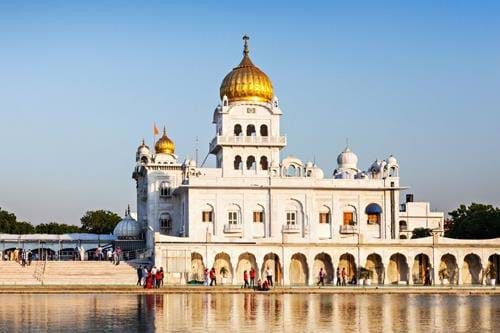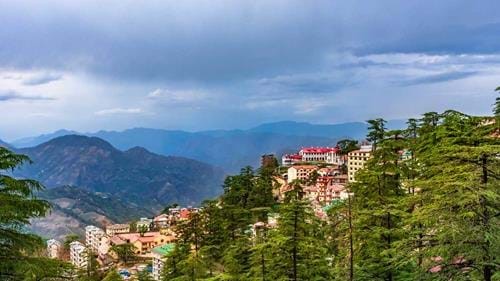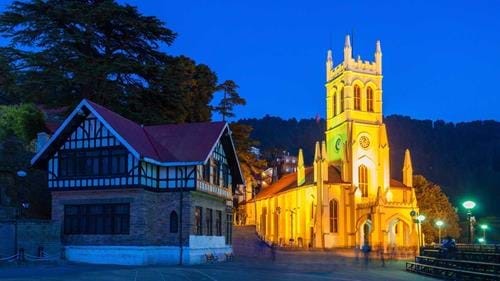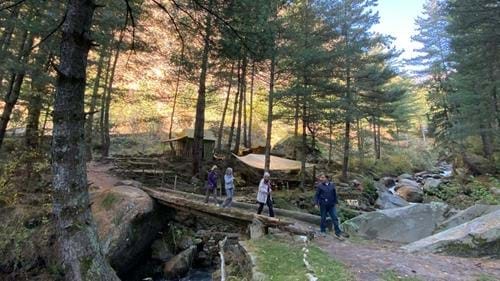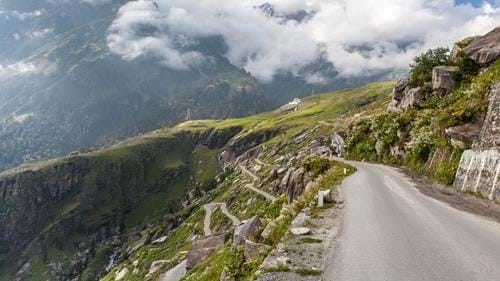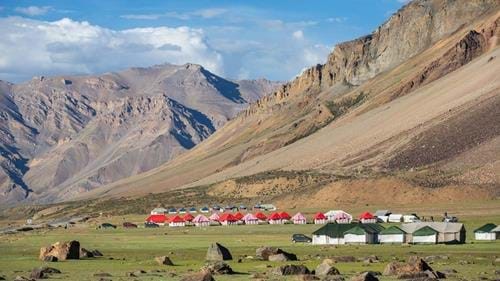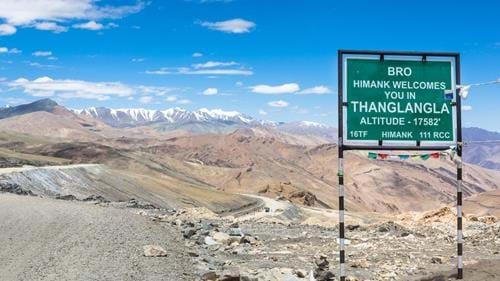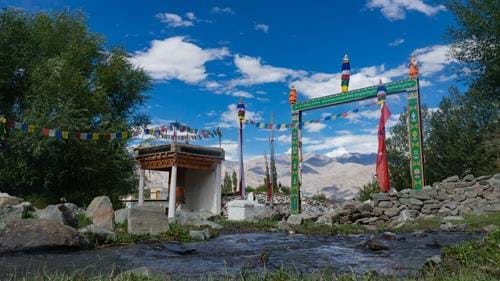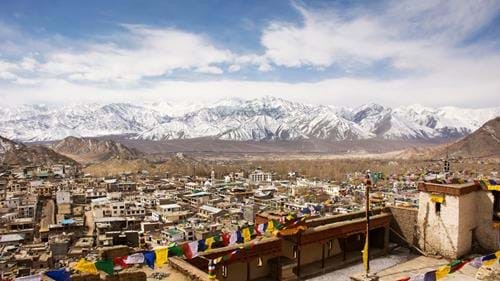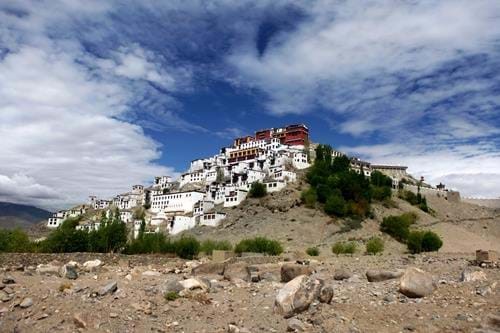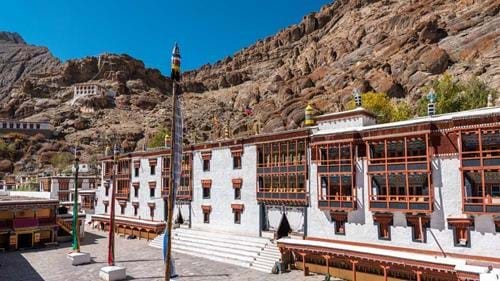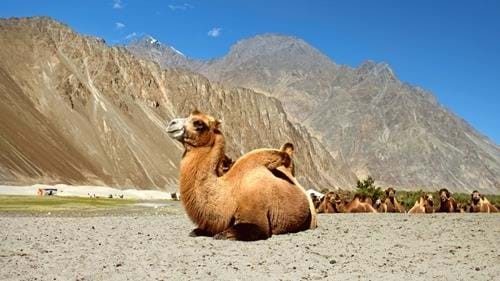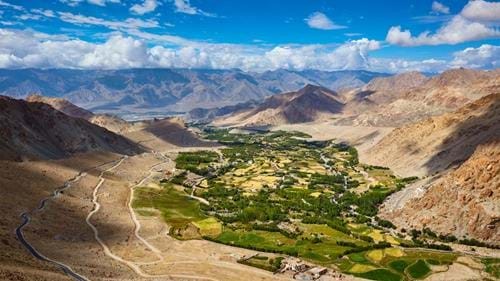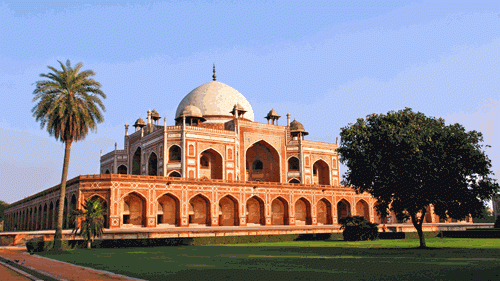Tailor-Made Tour
- Duration17 Days
- Flights IncludedYes
- Prices From £ 4275
 Places Visited :
Delhi, Shimla, Manali, Jispa, Sarchu, Stok, Nubra, Leh, Delhi
Places Visited :
Delhi, Shimla, Manali, Jispa, Sarchu, Stok, Nubra, Leh, Delhi
Experience India’s most spectacular mountain landscape in style and comfort on our perennially popular Ladakh Overland Adventure, which follows the Trans-Himalayan Highway connecting Manali in Himachal Pradesh with Leh, Ladakh. This is India’s greatest road trip, crossing some of the world’s highest motorable passes, from the Great Himalayan watershed to the fringes of the Tibetan Plateau. Two to three days are required to complete it, with overnight stops at villages and camps along the way. It is a journey that will linger long in the memory – a constant procession of breathtaking sights.
This tour bookends the highway with stays in the former British hill station of Shimla and a week exploring the remote side valleys and villages of Ladakh – crucible of a unique way of life which until the 1970s was completely cut off from the outside world.
Overlooked by ranks of shining, pyramidal snow peaks, the mountains of the Indus Valley are extraordinary beautiful and form a constant backdrop to travels in this spectacular corner of India.
The two-week trip below, which strings together all of its highlights, can be covered from mid-June until mid-October. It features stays in some of the most atmospheric properties in the entire Indian Himalaya, where you can relax in the lap of staggering scenery, looked after by dedicated staff and an English-speaking driver-guide who knows the area inside out.
Remember, this trip can be personalised to suit your travel needs - we can tailor everything from hotel, travel type, duration and more.

